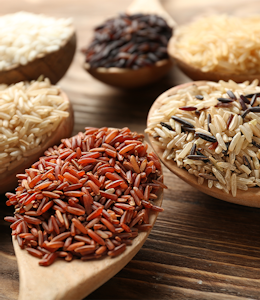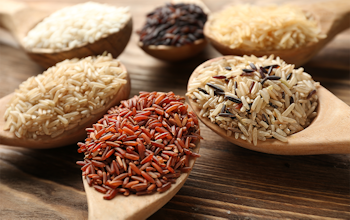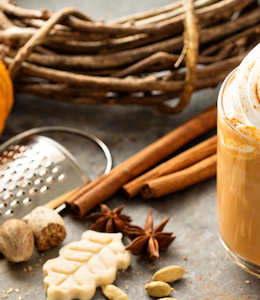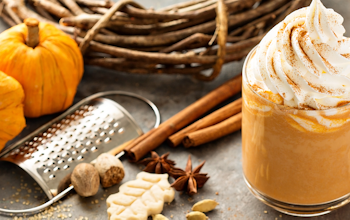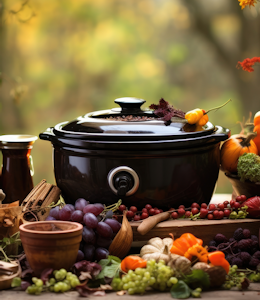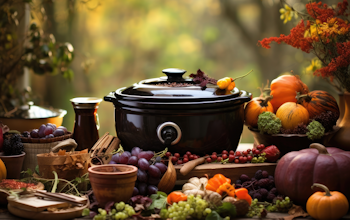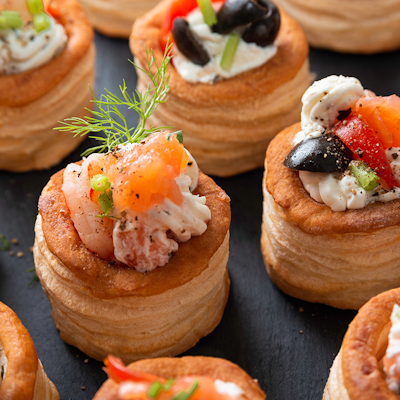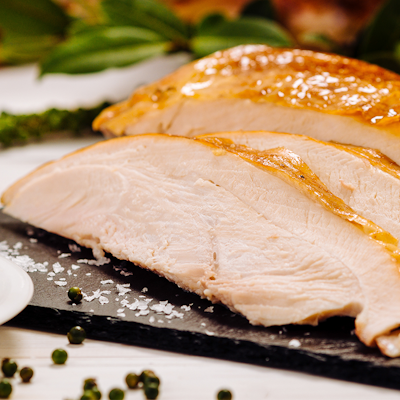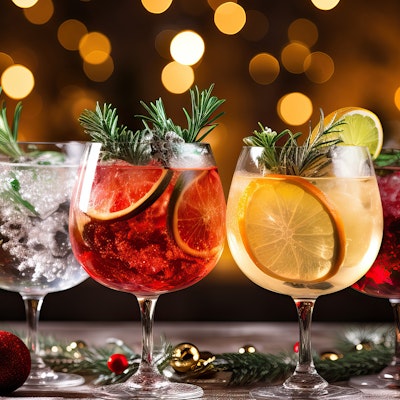What is traditionally in paella?
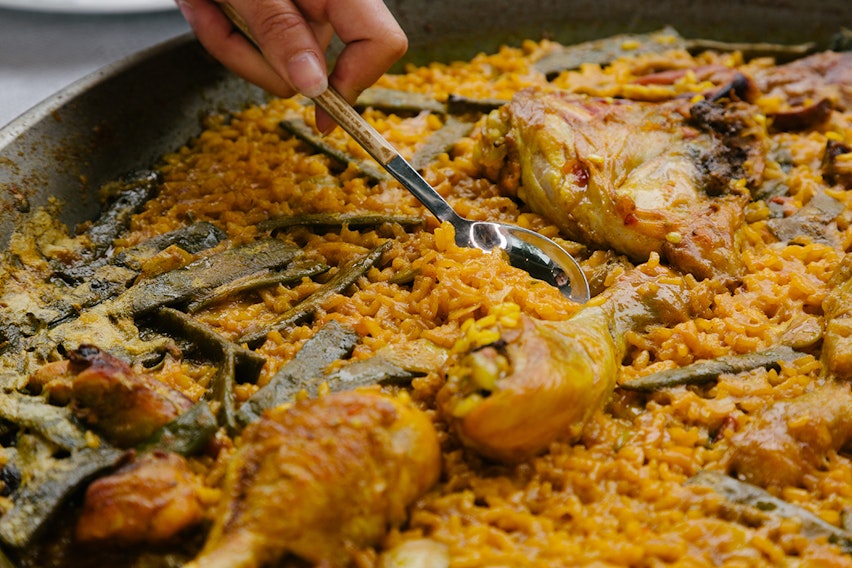
What is paella? Everyone knows it’s one of Spain’s most famous culinary exports, but that’s where most people’s knowledge ends. So, what can you not put in paella? What rice do you use in paella? Here’s everything you need to know about this delicious Valencian dish…
Here are the big questions when it comes to paella:
- What is paella?
- What are the main paella ingredients?
- Does paella contain allergens?
- What can you not put in paella?
- How do you serve paella?
- Is paella vegan?
- Does paella contain gluten?
- What gives paella its distinctive flavour?
- How do you add more flavour to paella?
- What rice do you use in paella?
Now let’s find out the answers, and some top tips for making paella...
What is paella?
Paella is one of Spanish cuisine’s most famous dishes - being particularly associated with the Mediterranean coastal region of Valencia (and in fact, the word paella relates to the Valencian and Catalan word for frying pan).
Paella valenciana is the most traditional type of paella, and the modern recipe traces as far back as the mid 1800s, using ingredients such as rice, olive oil, rabbit, chicken, saffron (which gives the dish its distinctive colour) tomatoes, lima beans, salt and water.
In recent years other varieties have become globally popular, such as paella de marisco - in which the rabbit and chicken are replaced with fish or shellfish, or even chorizo paella.
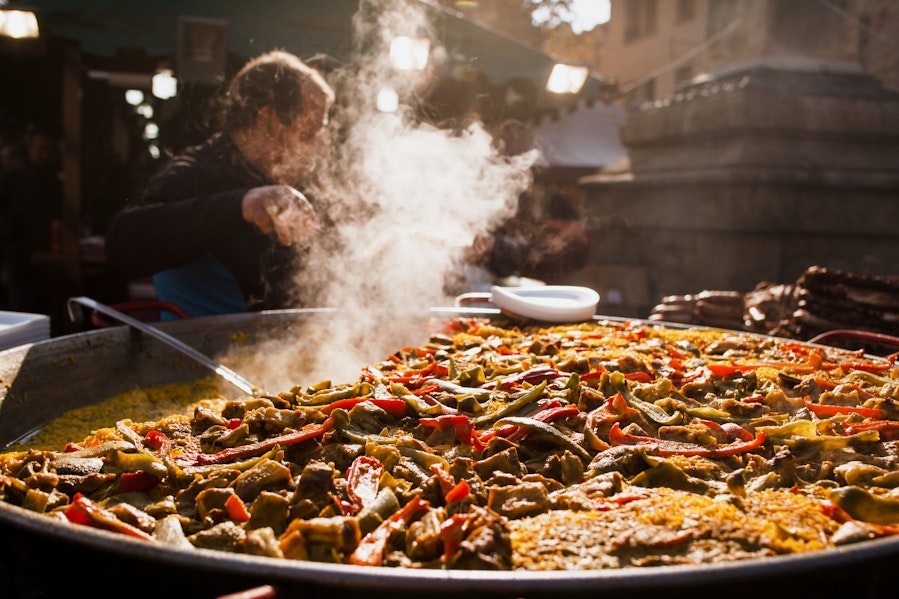
Paella must be cooked in a large, flat pan, and ideally over an open fire fuelled by botanical tree branches like those found in the Valencian forest.
What are the main paella ingredients?
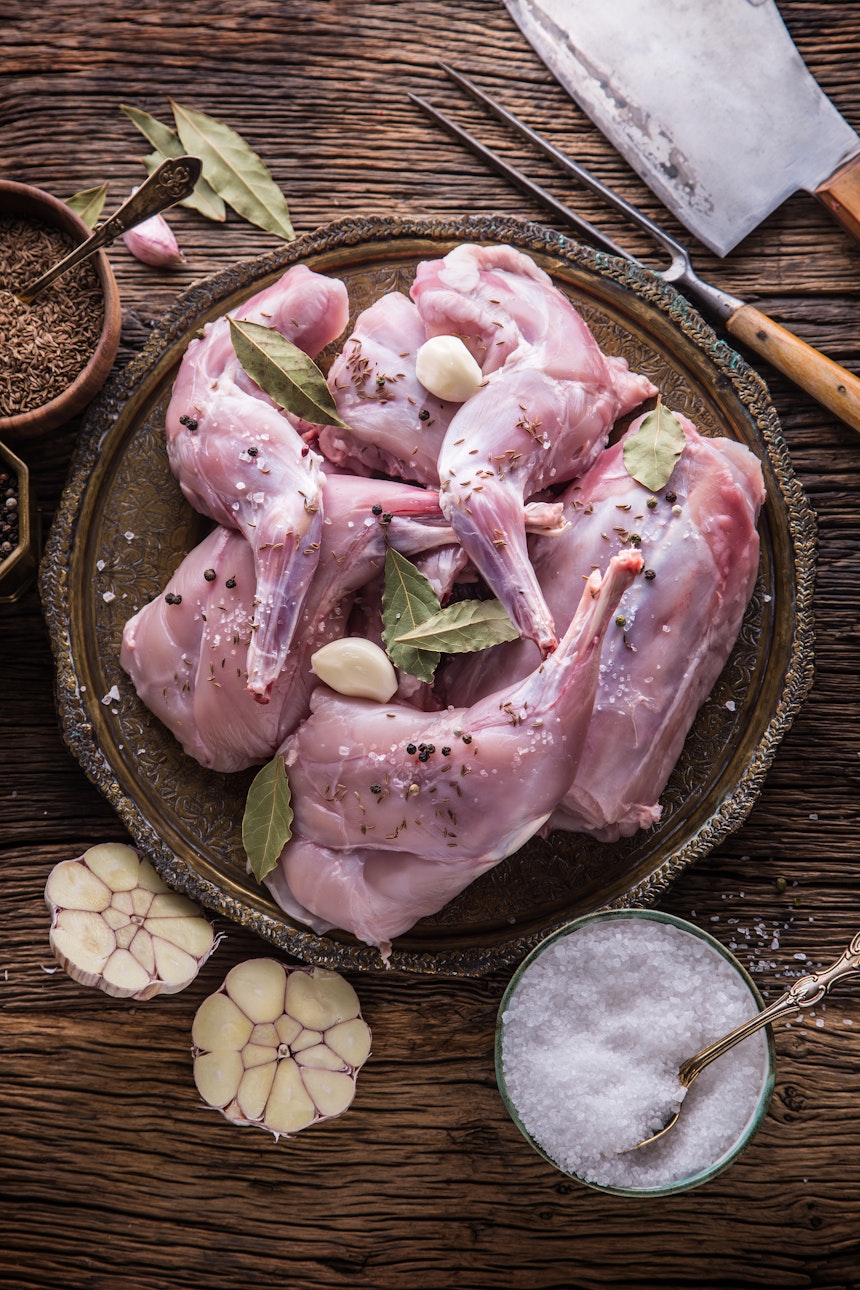
There are 10 main and acknowledged ingredients in a traditional Valencian paella, they are bomba rice, tomatoes, saffron, rabbit, chicken, lima beans, flat green beans, water, salt and olive oil. This is according to scientists at the Universidad Católica de Valencia, who questioned 400 amateur chefs aged over 50 from 266 Valencian villages.
Various other paella recipes might include other ingredients such as meat or vegetable stock, fish, prawns, chorizo, additional spices like smoked paprika and vegetables such as onions or peas.
Top tip!
The right pan is absolutely crucial to making paella. It must be a pan and not a pot - go as wide and shallow as you can so that the paella is at no point more than one finger thick - more than this will mean the top of the paella to run out of water before the bottom, and so areas of the paella will overcook.
Does paella contain allergens?
Traditional Valencian paella does not actually contain any of the 14 major food allergens. Some varieties of paella contain seafood, which means depending on the fish or shellfish used the paella might contain Fish, Crustaceans or Molluscs - which are all among the 14 major food allergens.
What can you not put in paella?
There are many different recipes for paella, some of which include ingredients that people might consider “wrong”, but a traditional Valencian paella should never include any type of seafood, and the meat used should be chicken and rabbit - not pork or beef. Classic paella also does not include onions or vegetables other than tomatoes, or spices other than saffron (though paprika and turmeric are frequently used). Rosemary is a debatable ingredient when it comes to paella - it is not among the traditional paella valenciana ingredients, but it is frequently added to or used in the cooking process for other types.
Top tip!
Do not stir! Unlike the similar dish risotto, you should not stir paella as it is cooking. In fact, the not stirring is crucial to the cooking process - to encourage the formation of the rich, flavourful crust on the bottom of the pan.
How do you serve paella?
Traditionally, paella is eaten hot, directly from the wide, flat frying pan used to cook it in - as a shared group dish. Many people also consider wooden spoons the correct utensil for eating paella.
Some side dishes that go well with paella are crusty bread, gazpacho, roasted peppers and green salad.
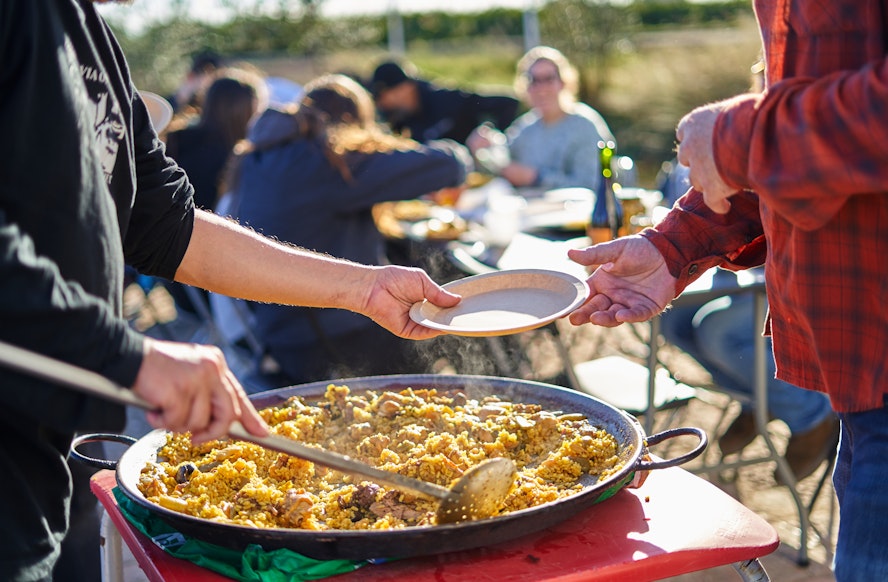
Is paella vegan?
Traditional paella contains meat such as rabbit and chicken. However, the other base ingredients in paella are all vegan friendly, so you can make paella vegan simply by omitting the meat.
Top tip!
When checking if your paella is cooked, select a small piece from the edge of the pan - this is the last part to cook so if it’s done the whole dish will be. The rice should be firm and tender to the bite.
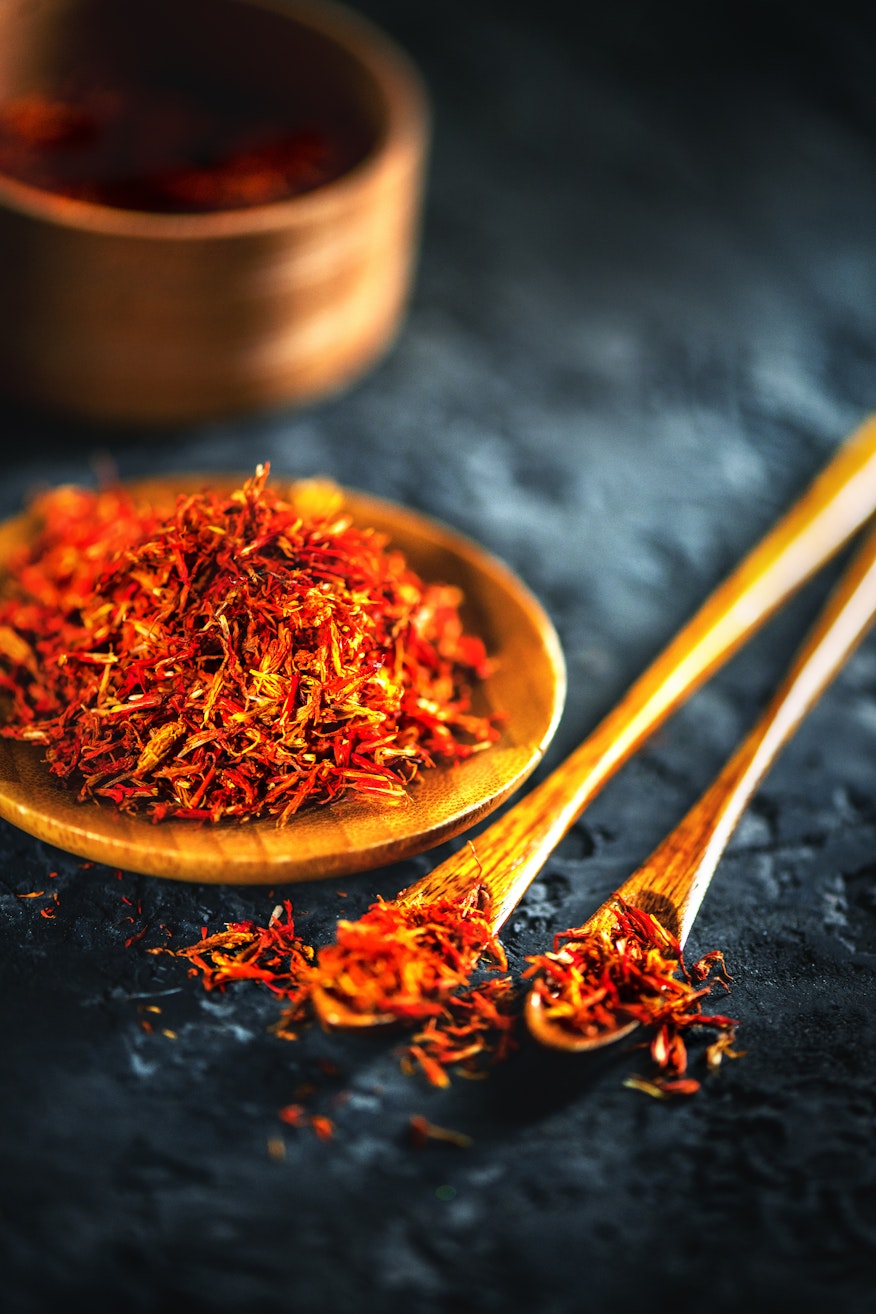
Does paella contain gluten?
No, traditional Valencian paella does not contain gluten. The main carbohydrate in paella is rice, which does not contain any Cereals containing Gluten.
What gives paella its distinctive flavour?
Saffron is the ingredient most associated with giving paella its flavour, and whilst other spices such as turmeric can replicate its yellow colour and sense of spice, it has a uniquely floral and earthy flavour and subtle sweetness. Saffron is derived from the flower of Crocus sativus, and generally considered one of the world’s most expensive foods by weight. The saffron used in traditional paella should come in strands, never powder.
Top tip!
Allow the paella to rest for 10 minutes before serving. To ensure it remains sufficiently hot, cover the dish loosely with foil for the duration.
How do you add more flavour to paella?
You can add flavour to paella by adding more saffron (though it is expensive), or a simple seasoning such as salt. You should also take care to pre-season the meat, and ensure it is not overcooked - so it remains juicy and full of flavour. If not limiting yourself to traditional ingredients, you can add some smoked paprika or garlic salt to add flavour.
What rice do you use in paella?
The best rice to use for paella is bomba rice (arroz bomba in Spanish), a white, round short-grain rice that absorbs more liquid than any other type of rice (or even any other grain). Traditional paella recipes exclusively use bomba rice, but at a pinch other absorbent short grain rices such as risotto rice or carnaroli can also be used.
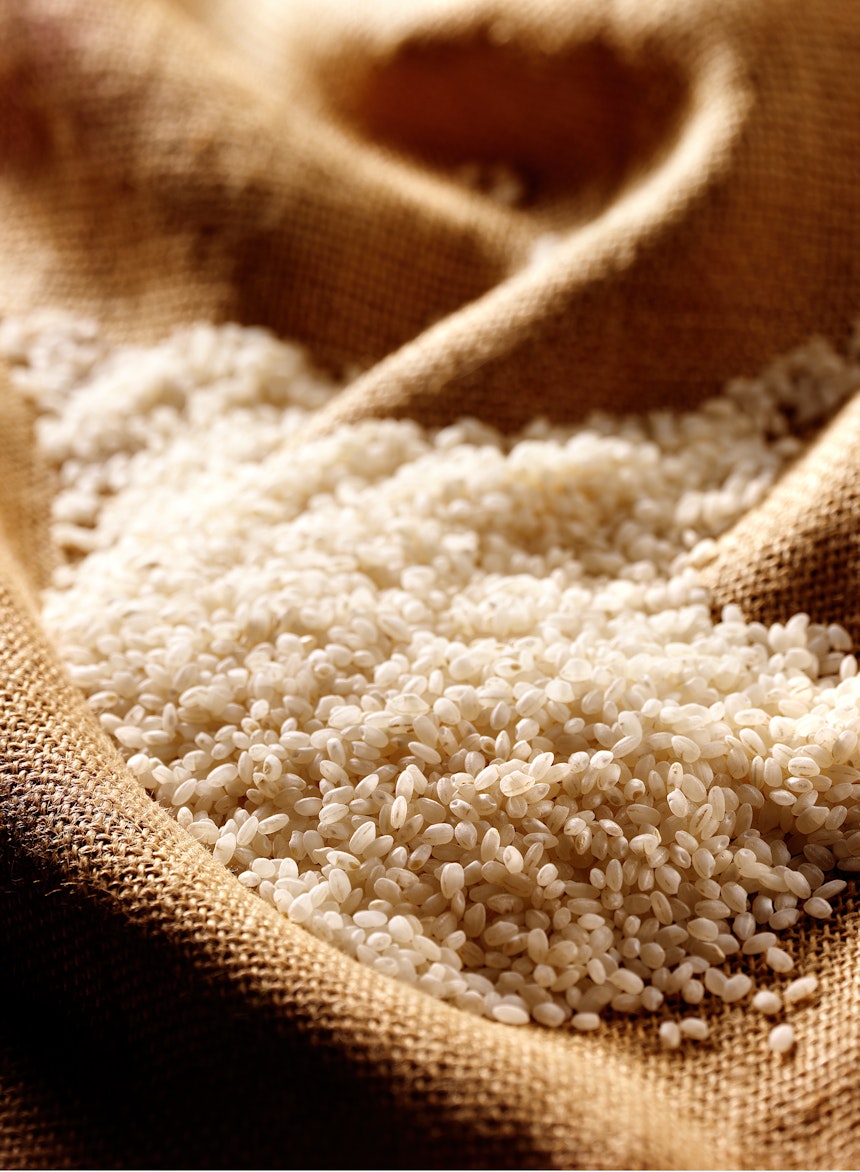
Top tip!
When selecting the chicken for your paella, opt for cuts with juicy dark meat - such as thighs or drumsticks, rather than the breasts - which may dry out during the cooking process.
